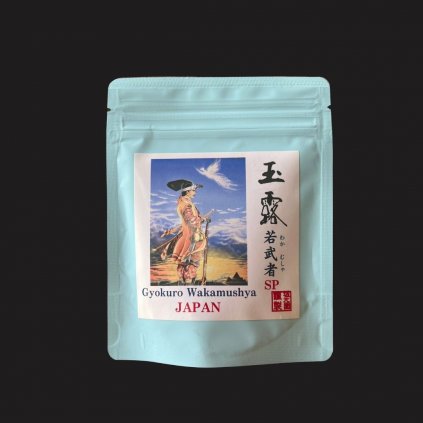Gyokuro
Gyokuro, ratest of the japanese teas is also known as jade dew, or liquid jade.
As the name suggests it is one of Japan's rarest teas - even in Japan, where tea is an integral part of life, Gyokuro is regarded with almost religious reverence.
Gyokuro, grown without chemicals, is already completely unique and our love and pride. We take the utmost care in selecting gyokuro every year, and as a result we are able to offer a truly royal selection.
Gyokuro extends life.
Gyokuro expands consciousness.
Gyokuro facilitates concentration.
#ShowMore#
Gyokuro is regarded with almost religious reverence and considered a great rarity that is not for ordinary drinking.
While matcha has found its way into the everyday lives of the Japanese through sweets, ice cream, matcha-lattes and the like, Gyokuro has receded into the background... With all its sublime sophistication, it has remained aloof from the busy world and retained its poetic charm.
The path to Gyokuro is not an easy one, but those who find it are rewarded with an incredible complexity of flavours and aromas that no other tea can offer.
History
The story of Gyokuro begins during the Edo period, in 1835. The merchant Yamamoto Kahei VI (the sixth of that name) visited Uji on one of his trips. More specifically, he went to study tencha cultivation with the Kinoshita family.
The winter of that year was particularly long and the farmers tried to protect the tea bushes from the frost with straw mats. Later, while processing the tea, Yamamoto noticed that the leaves from the local bushes were stickier than those from other areas during the shaping process. He noted this as a curiosity and unconventionally shaped the tea into small balls. The tea, which he named 'Tama no tsuyu', impressed everyone with its excellent taste and was a great success in Edo (modern-day Tokyo).
However, when Yamamoto Kahei later tried to repeat the production process several times in other places, he never again achieved such a great taste.
The man who, in 1841, understood that the key to making that amazing Gyokuro was to shade the tea bushes was Shigejyuro Eguchi, a farmer from Uji. Thus began Gyokuro's journey to fame - it didn't take long for it to become famous throughout Japan, and now the world.
Our Gyokuro
is the culmination of this story. Growing good Gyokuro takes time, work and knowledge. Many farmers claim that it is impossible to grow really good Gyokuro without chemicals. Master Sakamoto is living proof that it is not only possible to grow good Gyokuro, but that it is possible to grow the best Gyokuro without chemicals and fertilizers.
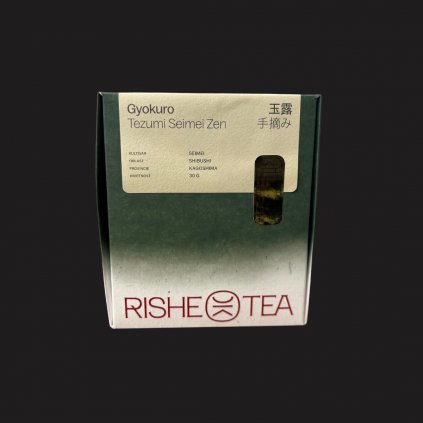
The ultimate imperial Gyokuro variety by Master Sakamoto. Hand-picked and hand-processed. The best of the best.
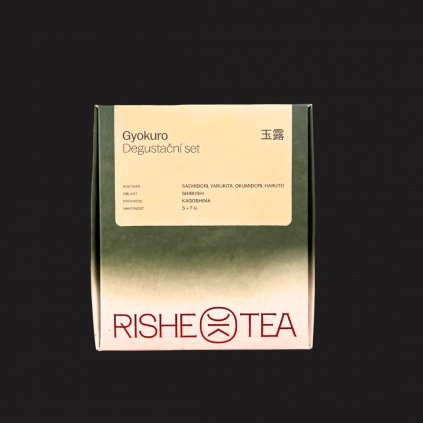
Stairway to Heaven - Samples of five types of Gyokura we have in our offer. For those who want to discover.

A Japanese gyokuro of excellent quality called "Tea Master" - smoothness, sweetness and at the same time a very complex taste with a long aftertaste and a distinct trace of...
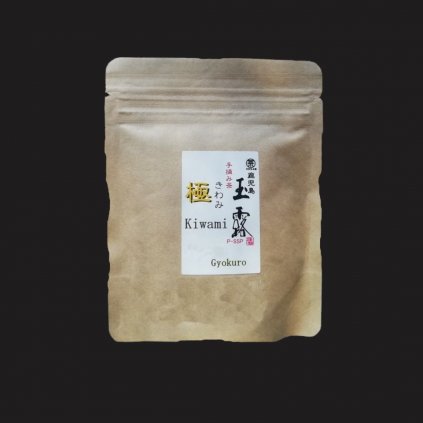
An absolutely delicate variety of Gyokuro from Master Sakamoto. The appearance of the leaves, the aroma and the taste are all fabulous. Cha qi in its purest form....
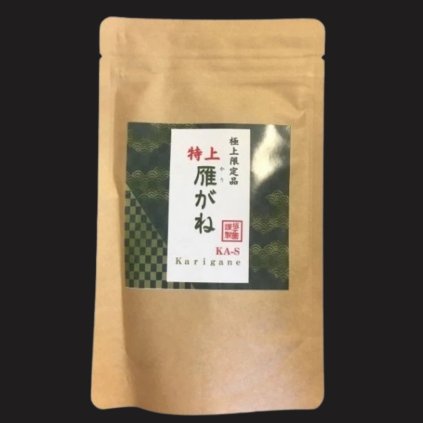
Gyokuro made from stems and leaves. Delicious sweetness with a full, smooth, silky flavour.
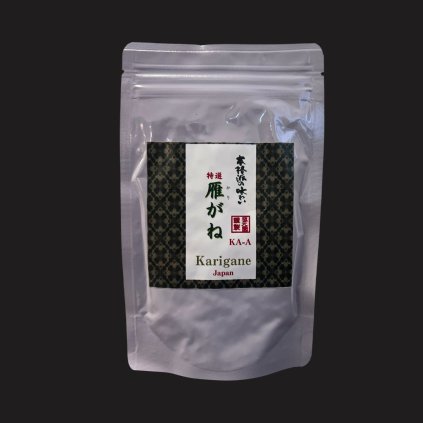
Gyokuro made mostly from stems. Delicious sweetness with a full, smooth, silky flavour. 04/2024 - Kagoshima
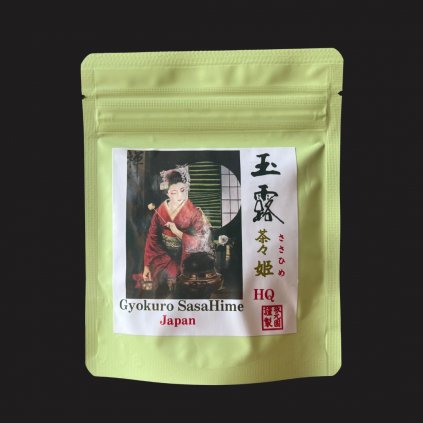
"Night Princess" - beautifully balanced gyokuro from Master Sakamoto's plantation 04/2024 - Kagoshima
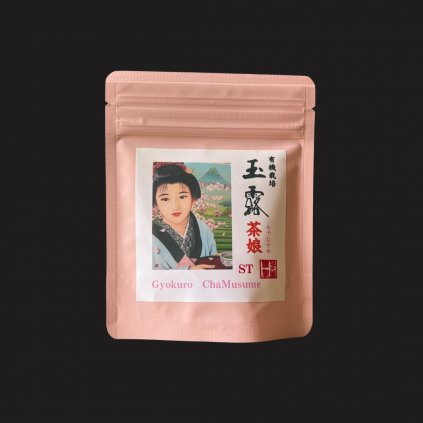
"Tea Maiden" - a basic but very enjoyable Gyokuro, on which I recommend starting your journey among the best grades of gyokuro.
-5.png)

